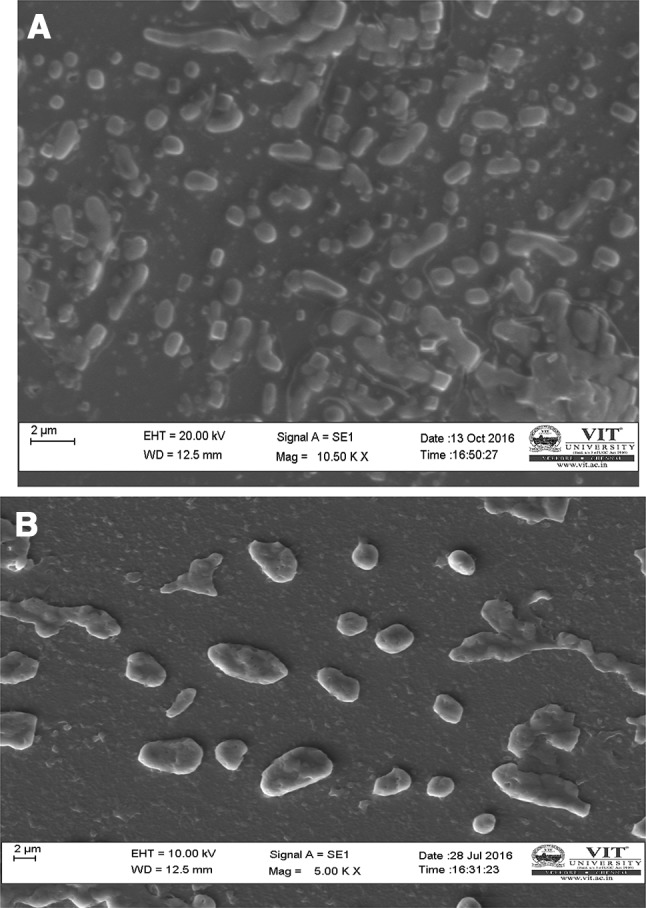Extracellular vesicles (EVs) are small membrane-bound sacs, recognized in many physique fluids of people. Standard extracellular vesicle separation strategies resembling differential and ultracentrifugation are very costly, not reasonably priced in academic labs.
So, the present analysis tried to isolate seminal plasma EVs utilizing polyethylene glycol (PEG) precipitation course of. Normospermia semen from “Milann – The Fertility Center” processed to isolate EVs by PEG technique. Nanodrop spectrophotometer confirmed presence of EVs by not directly measuring protein content material of precipitated EVs.
EVs remoted by PEG precipitation confirmed a large dimension vary from 30 to 1000 nm with Z common of 75.four nm and a PI of 0.464, whereas ultracentrifuge pattern confirmed dimension vary of 60-1000 nm with Z common of 501.three nm with a PI of 0.692. Edax evaluation additionally confirmed good elemental sample.
Total RNA extraction from PEG EVs analysed with nanodrop spectrophotometer, confirmed presence of RNA content material in various concentrations obtained from completely different ratios in nanograms.
Thus, the present examine concludes that seminal plasma EVs remoted by PEG precipitation is easy, reproducible and non-sensitive to hold out at academic labs.

The Four-Tier Continuum of Academic and Behavioral Support (4T-CABS) Model: An Integrated Model for Medical Student Success.
Not all college students cope efficiently with the calls for of medical college, and college students’ struggles might end result in examine delay or dropout.
To forestall these outcomes, medical colleges have to establish college students who’re experiencing academic difficul ties and present them with well timed interventions by entry to help applications.
Although the significance of early identification and intervention is effectively acknowledged, much less is understood about profitable methods for figuring out and supporting struggling college students.
Building on the literature and their very own empirical findings, the authors suggest an built-in, school-wide mannequin for medical pupil success comprising a continuum of academic and behavioral help.
This Four-Tier Continuum of Academic and Behavioral Support (4T-CABS) mannequin focuses on bettering each academic and behavioral outcomes by providing help for college students at 4 ranges, which vary from ample instruction for all, to focused small-group interventions, to individualized help, and additionally embrace exit help for college students who may be higher off in one other diploma program.
Additionally, medical colleges ought to present each academic and behavioral help; set excessive, but real looking expectations and clearly talk these to college students; and intervene early, which requires well timed identification of at-risk college students who would profit from the differing types and tiers of help. Finally, interventions needs to be proof based mostly and match the wants of the recognized teams of college students.
The authors argue that adopting the core rules of the 4T-CABS mannequin will allow medical colleges to maximise academic engagement and efficiency for all college students.
